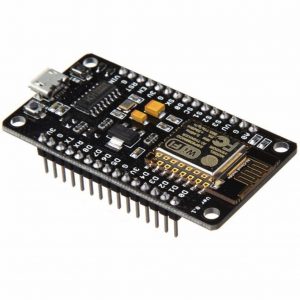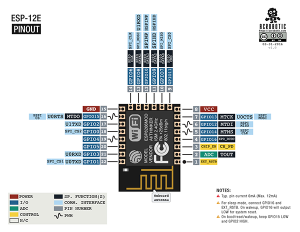Recently, I’ve been playing with the idea of using new possibilities of IOT (internet of things) in my projects. I have been using Arduino and Raspberry-Pi in my projects for a while, so that´s why it was my first choice to use them as hardware. These familiar open source devices to me, are quite easy to setup and straight forward to use, with amazing and big community of users sharing their skills, codes and guides online.
For testing of IOT. I, as non programmer, would personally recommend new Raspberry WebIOPi software in tandem with free on-line IP address provider system Weaved.com. With this setup you can use GPIO pins as I/O straight on Raspberry, or you can expand them, by connecting Arduino board trough (USB/I2C/SPI) communication. With Arduino connected, it opens up all possibilities of using Arduino shields and sensors available on Raspberry-Pi as master commander. WebIOPi (Javascript/HTML client web interface) can be ,as default, used on local network, but weaved services allows you to use all these features online from anywhere any time.
This can be used basically to remotely control devices as home automation (turn on/off heating/lighting …) or as original responsive design products remotely commanded trough custom UI (user interface) in any web browser or as an app in customer’s device.
There are many other’s open source software for Raspberry-Pi with web interface, mostly focused at home automation as openHAB, but they seem’s to me a bit more complex than necessary for basic purposes.
UPDATE:
ESP8266 is quite new wireless LUA based microcontroller, it is possible to use it with Arduino IDE as well, which is handy. This module runs at 3,3V and you can connect it into your existing local network or use it as standalone acesspoint / hotspot. It can host web server based control that you can manipulate from any connected device trough web browser. With it’s dimensions of 16x24mm, it’s one of the best options NOW for developing simple wireless IOT devices. The ESP8266 – E12 I´m using for my projects has VCC(3,3V), GND, 17 GPIO’s incluiding serial rx/tx pins and SPI, one ADC and PCB antenna. There is also an option to use this device attached to the breakout board (great for uploading of software before build in to the device where there is not necessary serial connection) or to use all at one board solution as Node-MCU board, which has built in usb to uart shifter, 5v to 3,3V power converter and two useful buttons, one for code upload and one for reset. Possibility to connect SD card straight trough SPI allow’s you to have server big as much as you wish to have.



